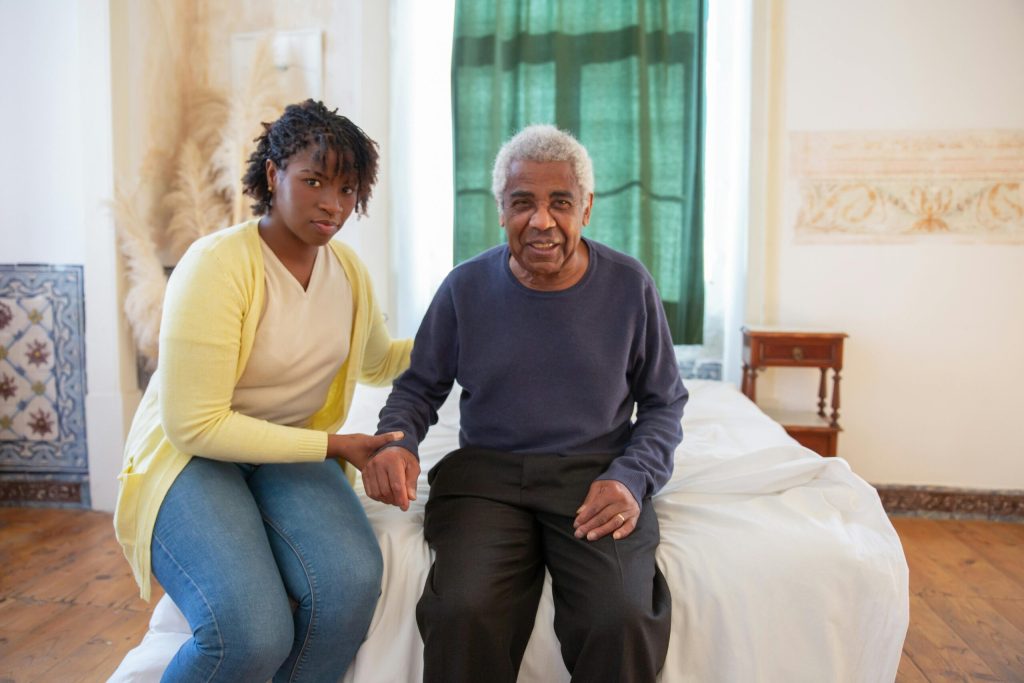Embracing a New Chapter: How to Ease the Transition to Senior Living
Transitioning to senior living is a significant step that brings about many changes. While this move can be filled with excitement about new opportunities and experiences, it can also be challenging for seniors and their families. The actions you take during this time can make a difference in how well an older adult welcomes their new living experience. This article explores practical tips to help make this transition smoother and more enjoyable.
Preparing for the Move
Open communication is key to a smooth transition. Engage in conversations with your loved one about a move well in advance to address concerns and set expectations. Seniors are often most concerned about losing their independence when moving to senior living. Including them in the planning process is reassuring and helps make certain everyone is on the same page.
Touring multiple communities can help in finding the best fit. Scheduling a few visits before the move-in will help. Most senior living communities are more than happy to welcome future residents for meals and activities so they can meet residents and staff. The more familiarity your parent or loved one has with the community, the less stress and anxiety they will feel when it comes time to move. Be sure to ask questions about the amenities, services, and community culture to ensure it aligns with your needs.
Downsizing is an important, and often difficult, step in the process. Seniors may have accumulated a lot of items through the years, many that hold special sentimental meaning. Be sure to acknowledge your parent’s or loved one’s feelings by holding on to a few sentimental items that can easily fit within their new living space. Prioritize essential belongings and consider donating or storing items that are no longer needed.
Making Your New Space Feel Like Home
Personalizing your new space is important and shouldn’t be overlooked. Bring personal items, photos, and favorite decorations to make the new residence feel cozy and familiar. Incorporate comfort items such as much-loved blankets, pillows, and familiar furniture pieces. Making these decisions collaboratively will help a loved one feel more connected to their apartment.
Staying Connected
It’s common for seniors to need a period of adjustment to their new surroundings. While some may instantly feel at home, many older adults need time to get used to living in a community environment, particularly if they moved from a personal residence. It’s very normal to experience resistance or dislike. You must not ignore their emotions or concerns, but rather acknowledge their feelings and reassure them that it’s the best decision to help meet their current needs.
Most of all, remind your loved one you’ll be alongside them every step of the way. Senior living communities love when family and friends visit. Stay connected with your loved one with regular visits and phone or video calls. When in the community, engage in community activities to help your parent or loved one meet new people and build friendships.
Utilizing Community Resources
Building relationships with the community staff who are there to help and support you is beneficial. Don’t hesitate to ask for assistance when needed, whether it’s related to healthcare, medication management, activities, or daily living. Afterall, having around-the-clock support is one of the many perks of senior living.
Take advantage of wellness programs offered by the community, such as fitness classes, health screenings, occupational and speech therapy, and nutritional guidance. Staying active and participating in regular physical activity promotes good health and well-being.
Seniors who are out-and-about in the community – participating in activities and dining with others – are often the ones who settle in fastest. The best thing you can do is to encourage them to make new connections and get used to their surroundings.
Coping with Emotions
Recognize that it’s normal to have mixed emotions about the transition, and seek support by talking to family, friends, and the trained caregivers within the community.
Focusing on the positive aspects of the move can help in coping with the change. Embrace the new opportunities for socialization, activities, and a worry-free lifestyle. Maintaining a positive mindset and focusing on the benefits of the new living arrangement can make the transition easier.
Conclusion
Transitioning to senior living is a major life event, but with the right preparation and mindset, it can be a positive and enriching experience. By following these tips and utilizing the resources available at Provision Living, seniors and their families can navigate this change with confidence and ease. If you have any questions or need assistance, the team at Provision Living is here to support you every step of the way.


